Implementing TRIZ with Supply Chain Management in New Product Development for Small and Medium Enterprises
Abstract
1. Introduction
2. Research Background
2.1. Theory of Inventive Problem-Solving
2.2. Alignment of NPD and SCM
- (1)
- Product innovation: The level of innovation depends on the type of innovation project. Wheelwright and Clark [3] defined three types of new product projects: breakthrough, platform, and derivative projects. Breakthrough projects require the highest level of investments and involve the creation of completely new products. Platform projects aim to develop architectural innovations, and derivative projects give rise to a new module or component innovations. Derivative modification involves a low level of innovation.
- (2)
- Product modularity: Modularity encompasses the decomposition of a complex product design into independent modules and the ability to adapt to a new configuration easily. Product components are shared across different product lines and assembly parts, which results in a considerable reduction of design efforts and inventory costs [46]. Modularity also provides high product variety and facilitates innovation, which allows a manufacturer to cope better with changing environments [47,48].
- (3)
- Product variety: Product variety has been studied and classified into two dimensions: the breadth of a product range at a given time and the rate at which a firm replaces the existing products [49]. Pil and Holweg [50] distinguish between external and internal variety. External variety denotes the level of choice available to the customers, whereas internal variety is experienced inside manufacturing and internal supply chain operations.
2.3. Implementation of the TRIZ in NPD with NPD-SCM Alignment
- (1)
- What are the linkages between TRIZ and the NPD-SCM alignment during NPD?
- (2)
- How does one implement and coordinate TRIZ and the three product-related variables of the SCM-oriented approach—innovation, modularity, and variety for new value-added products?
3. Material and Method
4. Findings
4.1. Original Relationships between the NPD and Supply Chains of the Case Company
4.2. Case Company’s NPD Process Based on the TRIZ and NPD-SCM Alignment
4.3. Practical Applications of the Case Company’s NPD Process
4.4. Case Company Aligned NPD-SCM in Response to Changes in Supply Chains
5. Discussion and Conclusions
Author Contributions
Funding
Institutional Review Board Statement
Informed Consent Statement
Conflicts of Interest
References
- Hilletofth, P.; Reitsma, E.; Eriksson, D. Coordination of new product development and supply chain management. In Innovation and Supply Chain Management: Relationship, Collaboration and Strategies; Springer: Cham, Switzerland, 2018; pp. 33–50. [Google Scholar] [CrossRef]
- Krishnan, V.; Ulrich, K. Product development decisions: A review of the literature. Manag. Sci. 2001, 47, 1–21. [Google Scholar] [CrossRef]
- Wheelwright, S.; Clark, K. Creating plans to focus product development. Harv. Bus. Rev. 1992, 70, 70–82. [Google Scholar] [PubMed]
- Ellram, L.M.; Stanley, L.L. Integrating strategic cost management with a 3DCE environment: Strategies, practices, and benefits. J. Purch. Supply Manag. 2008, 14, 180–191. [Google Scholar] [CrossRef]
- Marsillac, E.; Roh, J.J. Connecting product design, process and supply chain decisions to strengthen global supply chain capabilities. Int. J. Prod. Econ. 2014, 147, 317–329. [Google Scholar] [CrossRef]
- Sansone, S.; Hilletofth, P.; Eriksson, D. Critical operations capabilities for competitive manufacturing: A systematic review. Ind. Manag. Data Syst. 2017, 117, 801–837. [Google Scholar] [CrossRef]
- Childerhouse, P.; Aitken, J.; Towill, D. Analysis and design of focused supply chain. J. Oper. Manag. 2002, 20, 675–689. [Google Scholar] [CrossRef]
- Vonderembse, M.A.; Uppal, M.; Huang, S.H.; Dismukes, J.P. Designing supply chains: Towards theory development. Int. J. Prod. Econ. 2006, 100, 223–238. [Google Scholar] [CrossRef]
- Simpson, B.K.; Schaefer, J.D. Systematic design method for large-scale manufacturing of fabricated polymers. In Proceedings of the ASME 2009 International Design Engineering Technical Conferences and Computers and Information in Engineering Conference, DETC2009-86745, San Diego, CA, USA, 30 August–2 September 2009; pp. 541–552. [Google Scholar]
- Ma, J.H.; Tam, R.H. Creative design by integrating TRIZ and ABD. J. Eng. Des. 2006, 13, 193–198. [Google Scholar]
- Stratton, R.; Mann, D. Systematic innovation and the underlying principles behind TRIZ and TOC. J. Mater. Process. Technol. 2003, 139, 120–126. [Google Scholar] [CrossRef]
- Kim, J.; Kim, J.; Lee, Y.; Lim, W.; Moon, I. Application of TRIZ creativity intensification approach to chemical process safety. J. Loss Prev. Process Ind. 2009, 22, 1039–1043. [Google Scholar] [CrossRef]
- Yang, C.J.; Chen, J.L. Accelerating preliminary eco-innovation design for products that integrates case-based reasoning and TRIZ method. J. Clean. Prod. 2011, 19, 998–1006. [Google Scholar] [CrossRef]
- Petkovic, D.; Issa, M.; Pavlovic, N.D.; Zentner, L. Application of the TRIZ creativity enhancement approach to the design of a passively adaptive compliant robotic gripper. Assem. Autom. 2013, 33, 231–239. [Google Scholar] [CrossRef]
- Shen, Y.T.; Shana, S. Product Redesign Using TRIZ and Contradictive Information from the Taguchi Method. In Proceedings of the 16th ISPE International Conference on Concurrent Engineering, Global Perspective for Competitive Enterprise, Economy and Ecology; Springer: Berlin/Heidelberg, Germany, 2009; pp. 487–497. [Google Scholar]
- Lin, S.Y.; Wu, C.T. Application of TRIZ inventive principles to innovate recycling machine. Adv. Mech. Eng. 2016, 8950, 1–8. [Google Scholar] [CrossRef]
- Mann, D. Physical Contradictions: Solving or Managing? Triz J. 2019. Available online: https://triz-journal.com/physical-contradictions-solving-or-managing/ (accessed on 12 February 2021).
- Terninko, J. 40 Inventive Principles with Social Examples. Triz J. 2001. Available online: https://triz-journal.com/40-inventive-principles-social-examples/ (accessed on 12 February 2021).
- Mann, D.L. Hands on Systematic Innovation for Business and Management; IFR Consultants Ltd.: Reigate, UK, 2004. [Google Scholar]
- Retsptor, G. 40 Inventive Principles in Quality Management. Triz J. 2003. Available online: https://triz-journal.com/40-inventive-principles-quality-management/ (accessed on 12 February 2021).
- Retsptor, G. 40 Inventive Principles in Marketing, Sales and Advertising. Triz J. 2005. Available online: https://triz-journal.com/40-inventive-principles-marketing-sales-advertising/ (accessed on 12 February 2021).
- Zhang, J.; Chai, K.; Tan, K. 40 Inventive Principles with Applications in Service Operations Management. Triz J. 2003. Available online: https://triz-journal.com/40-inventive-principles-applications-service-operations-management/ (accessed on 12 February 2021).
- Ilevbare, I.M.; Probert, D.; Phaal, R. A review of TRIZ, and its benefits and challenges in practice. Technovation 2013, 22, 30–37. [Google Scholar] [CrossRef]
- Movarrei, R.; Vessal, S.R. Theory of inventive problem solving (TRIZ) applied in supply chain management of petrochemical projects. In Proceedings of the 2007 IEEE International Conference on Industrial Engineering and Engineering Management, Singapore, 2–5 December 2007; pp. 1624–1628. [Google Scholar]
- Petersen, K.J.; Handfield, R.B.; Ragatz, G.L. Supplier integration into new product development: Coordinating product, process and supply chain design. J. Oper. Manag. 2005, 23, 371–388. [Google Scholar] [CrossRef]
- Christopher, M.C.; Lowson, R.; Peck, H. Creating agile supply chains in the fashion industry. Int. J. Retail. Distrib. Manag. 2004, 32, 367–376. [Google Scholar] [CrossRef]
- Pero, M.; Abdelkafi, N.; Sianesi, A.; Blecker, T. A framework for the alignment of new product development and supply chains. Supply Chain Manag. Int. J. 2010, 15, 115–128. [Google Scholar] [CrossRef]
- Lee, H.; Sasser, M. Product universality and design for supply chain. Prod. Plan. Control 1995, 6, 270–277. [Google Scholar] [CrossRef]
- Huang, G.; Zhang, X.Y.; Liang, L. Towards integrated optional configuration of platform products, manufacturing processes, and supply chains. J. Oper. Manag. 2005, 23, 267–290. [Google Scholar] [CrossRef]
- Blackhurts, J.; Wu, T.; O’Grady, P. PCDM: A decision support modeling methodology for supply chain, product and process design decision. J. Oper. Manag. 2005, 23, 325–343. [Google Scholar] [CrossRef]
- Novak, S.; Eppinger, S. Sourcing by design: Product complexity and the supply chain. Manag. Sci. 2001, 47, 189–204. [Google Scholar] [CrossRef]
- Feitzinger, E.; Lee, H.I. Mass customization at Hewlett Packard: The power of postponement. Harv. Bus. Rev. 1997, 75, 116–121. [Google Scholar]
- Fisher, M. What is the right supply chain for your product? Harv. Bus. Rev. 1997, 75, 105–117. [Google Scholar]
- Salvador, F.; Forza, C.; Rungtusanatham, M. Modularity, product variety, production volume, and component sourcing: Theorizing beyond generic prescriptions. J. Oper. Manag. 2002, 20, 549–575. [Google Scholar] [CrossRef]
- Fine, C. Clockspeed: Winning Industry Control in the Age of Temporary Advantage; Perseus Books: New York, NY, USA, 1995. [Google Scholar]
- Sturgeon, T. Modular production networks: A new American model of industrial organization. Ind. Corp. Chang. 2002, 11, 451–496. [Google Scholar] [CrossRef]
- Doran, D. Rethinking the supply chain: An automotive perspective. Supply Chain Manag. Int. J. 2004, 9, 102–109. [Google Scholar] [CrossRef]
- Ro, Y.; Liker, J.K.; Fixon, S. Modularity as a strategy for supply chain coordination: The case of US Auto. IEEE Trans. Eng. Manag. 2007, 54, 172–189. [Google Scholar] [CrossRef]
- Lau, A.; Yam, R. A case study of product modularization on supply chain design and coordination in Hong Kong and China. J. Manuf. Technol. Manag. 2005, 16, 432–446. [Google Scholar] [CrossRef]
- MacDuffie, J.P.; Seturanan, K.; Fisher, M. Product variety and manufacturing performance: Evidence from the international automotive assembly plant study. Manag. Sci. 1996, 42, 350–369. [Google Scholar] [CrossRef]
- Miller, J.; Vollmann, T. The hidden factory. Harv. Bus. Rev. 1985, 63, 142–150. [Google Scholar]
- Fisher, M.; Ittner, C. The impact of product variety on automobile assembly operations; empirical evidence and simulation analysis. Manag. Sci. 1999, 45, 771–786. [Google Scholar] [CrossRef]
- Brun, A.; Capra, E.; Miragliotta, C. Behavioural costs in manufacturing: How to balance standardization and variety costs. In Proceedings of the XIV International Working Seminar on Production Economics, Innsbruck, Austria, 22–26 February 2006. [Google Scholar]
- Garcia, R.; Calantone, R. A critical look at the technological innovation typology and innovativeness terminology: A literature review. J. Product Innovat. Manag. 2002, 19, 110–132. [Google Scholar] [CrossRef]
- Huang, S.; Uppal, M.; Shi, J. A product-driven approach to manufacturing supply chain selection. Supply Chain Manag. Int. J. 2002, 7, 189–199. [Google Scholar] [CrossRef]
- Sanderson, S.W.; Uzumeri, M. Managing Product Families; Irwin Professional Pub.: Burr Ridge, IL, USA, 1997. [Google Scholar]
- Ye, Y.; Huo, B.; Zhang, M.; Wang, B.; Zhao, X. The impact of modular designs on new product development outcomes: The moderating effect of supply chain involvement. Supply Chain Manag. Int. J. 2018, 23, 444–458. [Google Scholar] [CrossRef]
- Pil, F.K.; Cohen, S.K. Modularity: Implications s for imitation, innovation, and sustained advantage. Acad. Manag. Rev. 2006, 31, 995–1011. [Google Scholar] [CrossRef]
- Fisher, M.; Ramdas, K.; Ulrich, K. Component sharing in the management of product variety: A study of automotive braking system. Manag. Sci. 1999, 45, 297–315. [Google Scholar] [CrossRef]
- Pil, F.; Holweg, M. Linking product variety to order-fulfillment strategies. Interfaces 2004, 34, 394–403. [Google Scholar] [CrossRef]
- Berry, M. Strategic planning in small high tech companies. Long Range Plan. 1998, 31, 455–466. [Google Scholar] [CrossRef]
- Vickery, S.K.; Koufteros, X.; Dröge, C.; Calantone, R. Product modularity, process modularity, and new product introduction performance: Does complexity matter? Prod. Oper. Manag. 2016, 25, 751–770. [Google Scholar] [CrossRef]
- Porter, M.E. Competitive Strategy; Free Press: New York, NY, USA, 1980. [Google Scholar]
- Lee, K.; Lim, G.; Tan, S. Dealing with resource disadvantage: Generic strategies for SMEs. Small Bus. Econ. 1999, 12, 299–311. [Google Scholar] [CrossRef]
- Gourova, E. Knowledge management strategy for small and medium enterprises. Proc. Int. Conf. Appl. Comput. Sci. 2010, 2010, 639–648. [Google Scholar]
- Levy, M.; Powell, P.; Yetton, P. SMEs aligning IS and the strategic context. J. Inf. Technol. 2001, 16, 133–144. [Google Scholar] [CrossRef]
- Smith, M.J. Social Science in Question; Sage: London, UK, 1998. [Google Scholar]
- Cooper, R.G. Stage-gate systems: A new tool for managing new products. Bus. Horiz. 1990, 33, 44–54. [Google Scholar] [CrossRef]
- Ulrich, K.T.; Eppinger, S.D.; Yang, M.C. Product Design and Development, 7th ed.; McGraw-Hill: New York, NY, USA, 2020. [Google Scholar]
- Thongprasert, A.; Jiamsanguanwong, A. New Product Development Process for IOT-Enabled Home Use Medical Devices: A Systematic Review. Eng. J. 2021, 25, 15–48. [Google Scholar]
- Cooper, R.G.; Kleinschmidt, E.J. An investigation into the new product process; steps, deficiencies, and impact. J. Prod. Innov. Manag. 1986, 3, 71–85. [Google Scholar] [CrossRef]
- Cooper, R.G. What’s next? After stage gate. Res. Technol. Manag. 2014, 57, 20–31. [Google Scholar] [CrossRef]
- Sommer, A.F.; Hedegaard, C.; Dukovska-popovska, I.; Steger-Jensen, K. Improved product development performance through agile/stage-gate hybrids. Res. Technol. Manag. 2014, 58, 34–44. [Google Scholar] [CrossRef]
- Papanek, V. Design for the Real World: Human Ecological and Social Change; Academy Edition: Chicago, IL, USA, 1972; p. 322. [Google Scholar]
- Pierre, D.L.; Alain, D. Integrated Design of a Product Family and Its Assembly System; Springer Science & Business Media: Berlin/Heidelberg, Germany, 2011. [Google Scholar]
- Chedmail, P.; Cognet, G.; Fortin, C.; Mascle, C.; Pegna, J. Integrated Design and Manufacturing in Mechanical Engineering. In Proceedings of the Third IDMME Conference Held in Montreal, Canada, May 2000; Springer Science & Business Media: Berlin/Heidelberg, Germany, 2013. [Google Scholar]

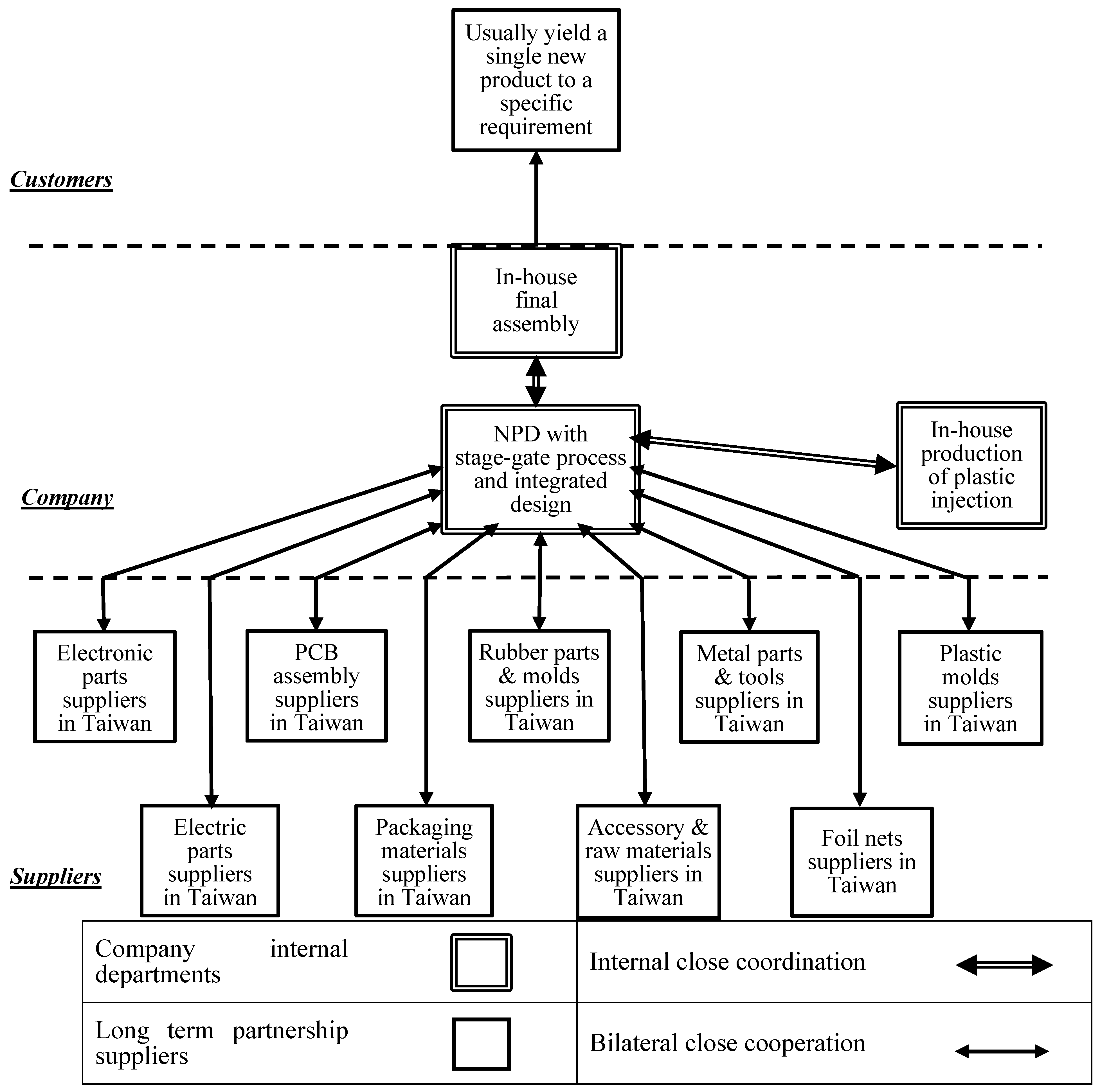
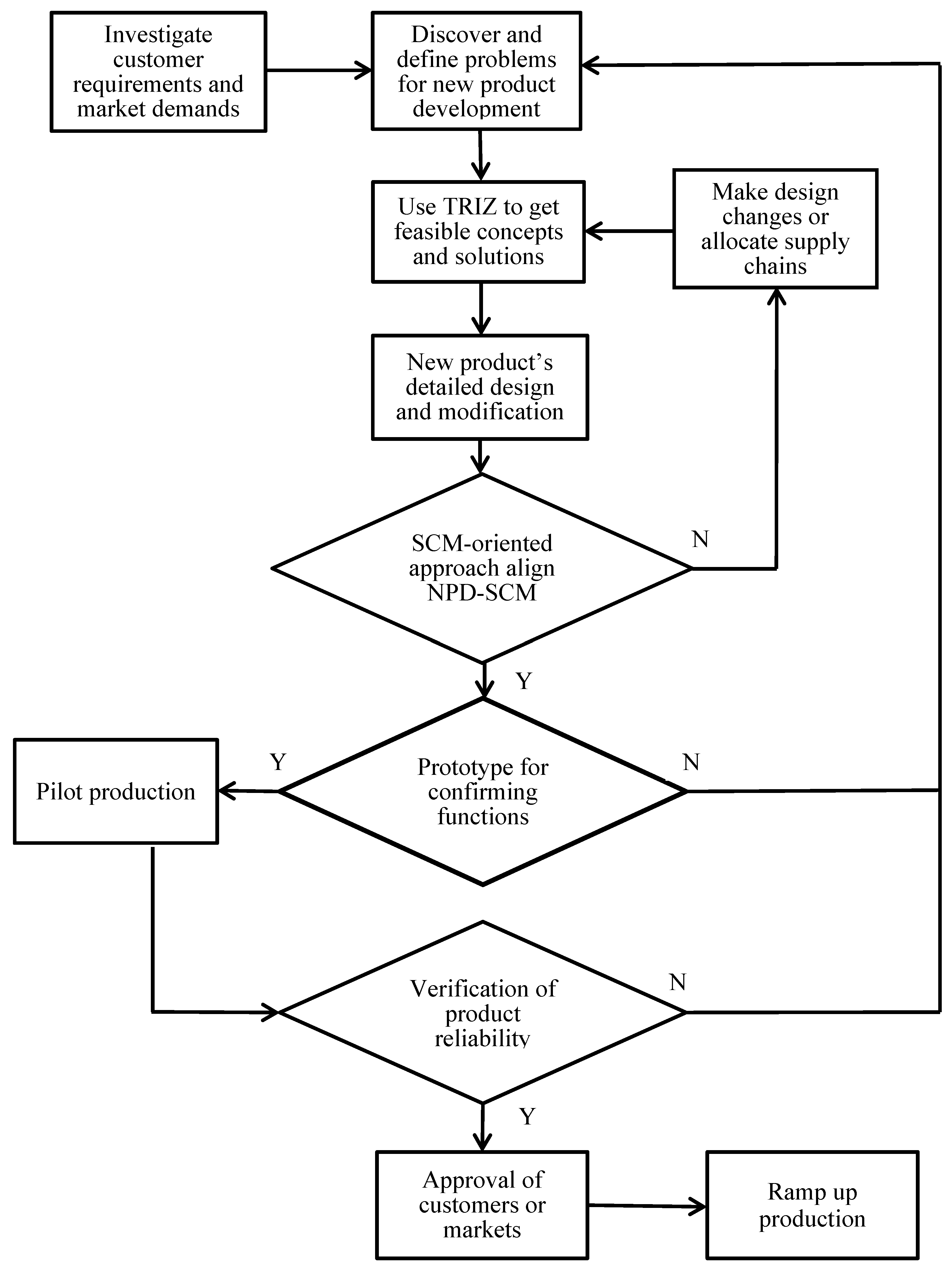

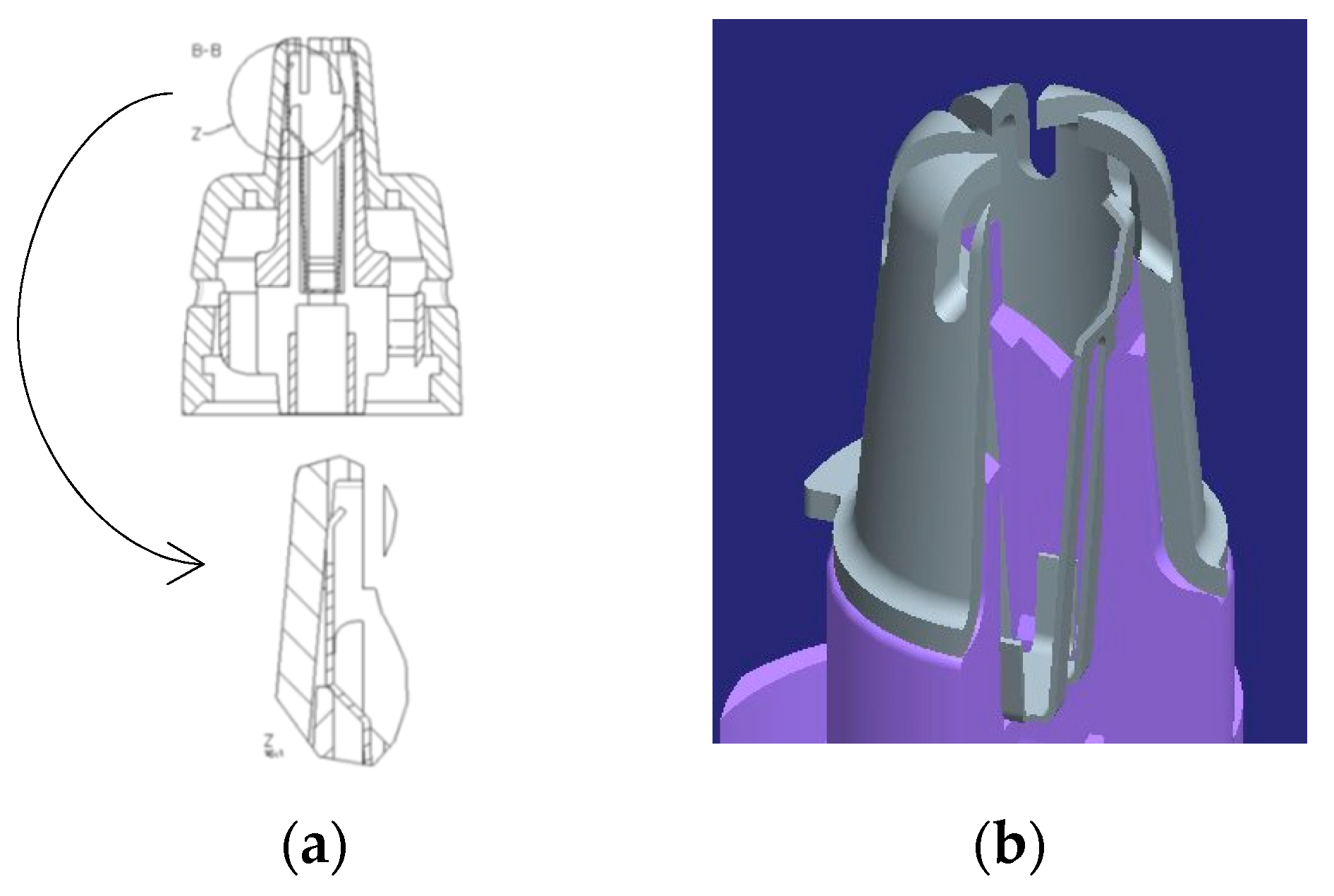


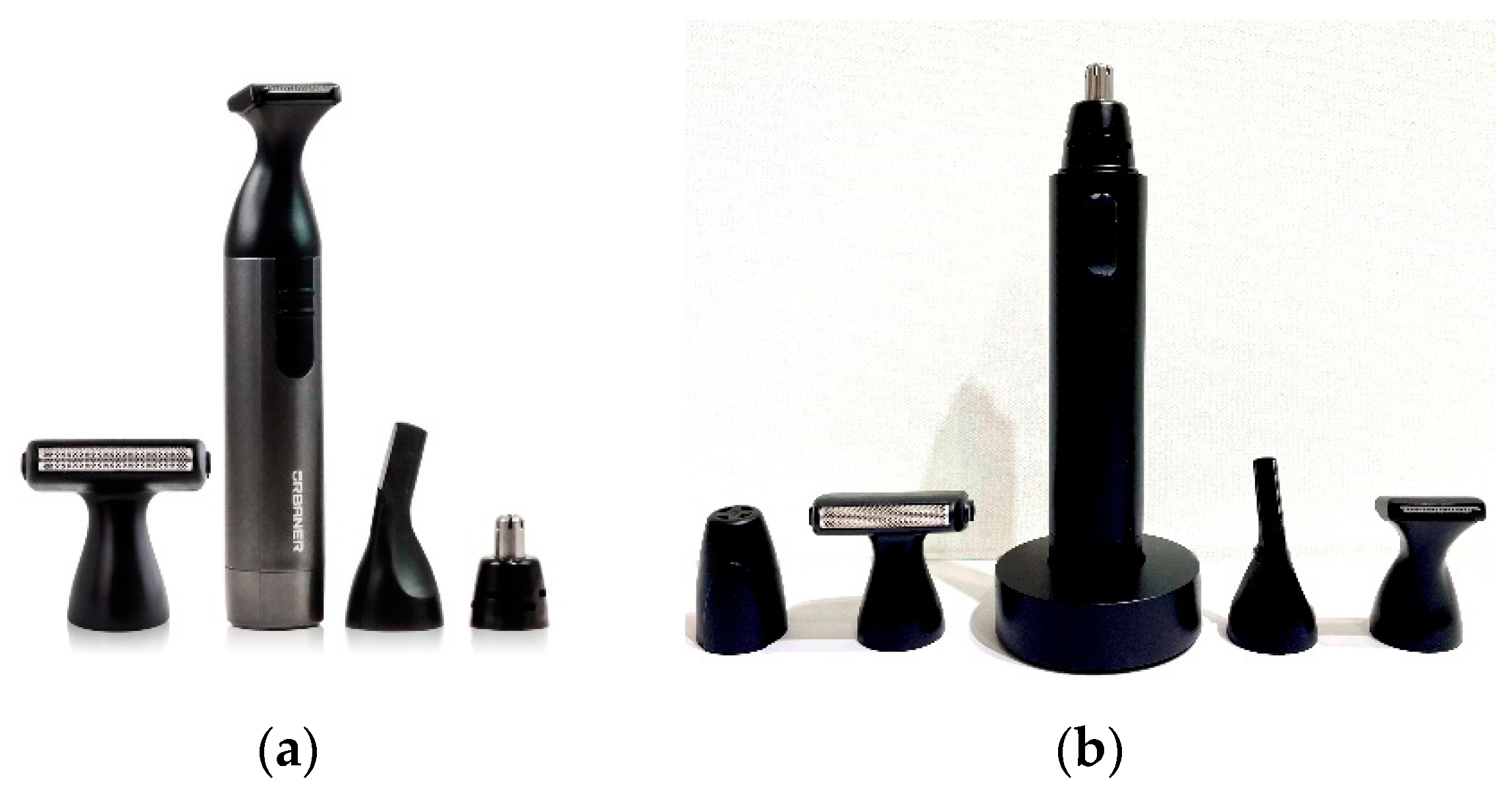
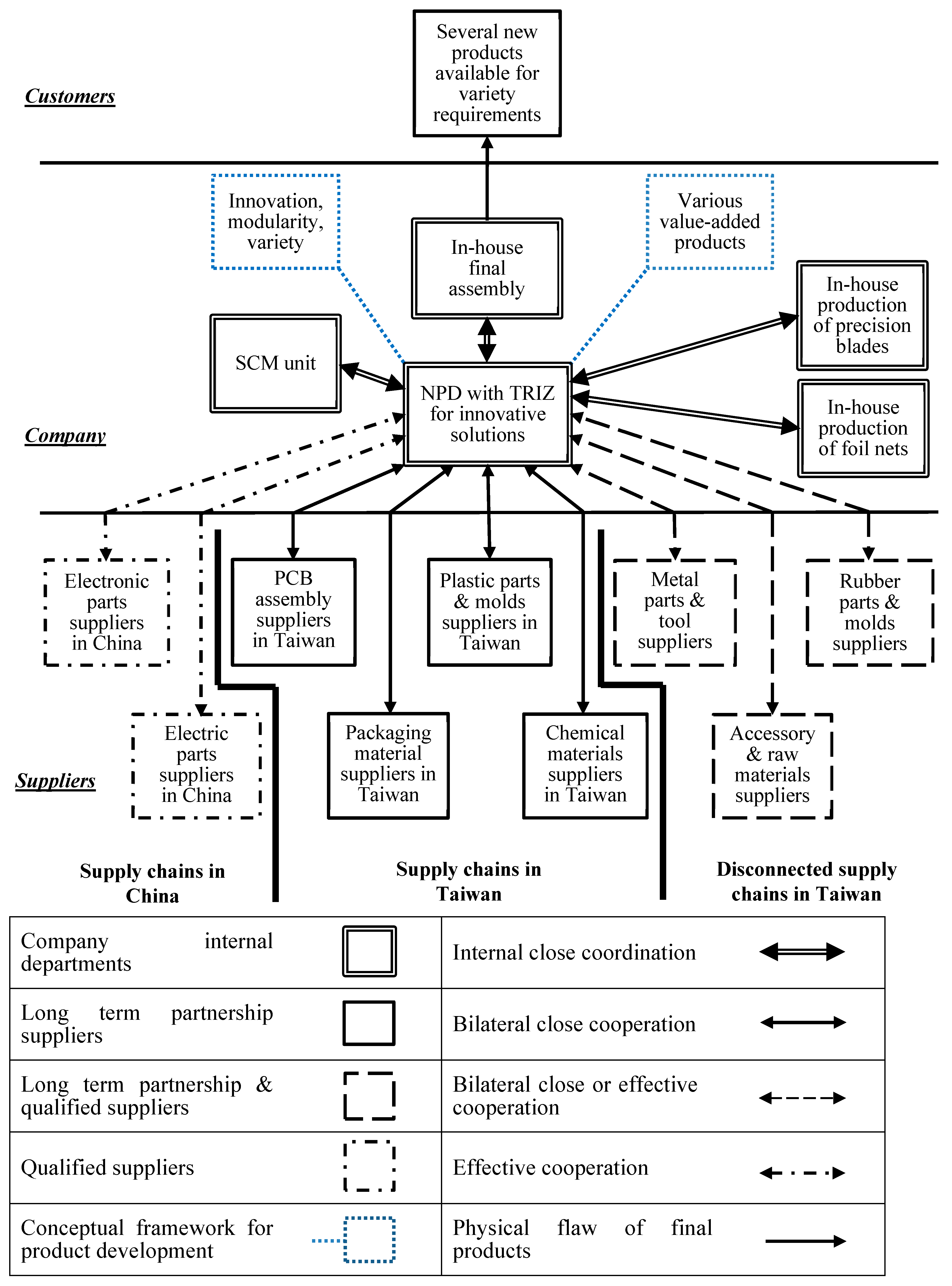
| Approaches for NPD-SCM Alignment | Supply Chain-Related Variable | Product-Related Variable | Literature References |
|---|---|---|---|
| NPD-oriented Approaches | 1. SC structure 2. SC Costs | 1. Architecture 2. Bill-of-materials (BOM) | [28,29,30,31,32] |
| SCM-oriented Approaches (model 1) | 1. SC strategy definition (product- and market-related variables) | 1. Product innovation 2. Modularity 3. Variety | [7,8,33] |
| SCM-oriented Approaches (model 2) | 1. SC structure 2. SC operations 3. SC costs 4. Buyer-supplier relationship | 1. Product structure 2. Modularity 3. Variety | [34,35,36,37,38,39,40,41,42,43] |
Publisher’s Note: MDPI stays neutral with regard to jurisdictional claims in published maps and institutional affiliations. |
© 2021 by the authors. Licensee MDPI, Basel, Switzerland. This article is an open access article distributed under the terms and conditions of the Creative Commons Attribution (CC BY) license (https://creativecommons.org/licenses/by/4.0/).
Share and Cite
Lin, Y.-S.; Chen, M. Implementing TRIZ with Supply Chain Management in New Product Development for Small and Medium Enterprises. Processes 2021, 9, 614. https://doi.org/10.3390/pr9040614
Lin Y-S, Chen M. Implementing TRIZ with Supply Chain Management in New Product Development for Small and Medium Enterprises. Processes. 2021; 9(4):614. https://doi.org/10.3390/pr9040614
Chicago/Turabian StyleLin, Yun-Sheng, and Mingchih Chen. 2021. "Implementing TRIZ with Supply Chain Management in New Product Development for Small and Medium Enterprises" Processes 9, no. 4: 614. https://doi.org/10.3390/pr9040614
APA StyleLin, Y.-S., & Chen, M. (2021). Implementing TRIZ with Supply Chain Management in New Product Development for Small and Medium Enterprises. Processes, 9(4), 614. https://doi.org/10.3390/pr9040614






